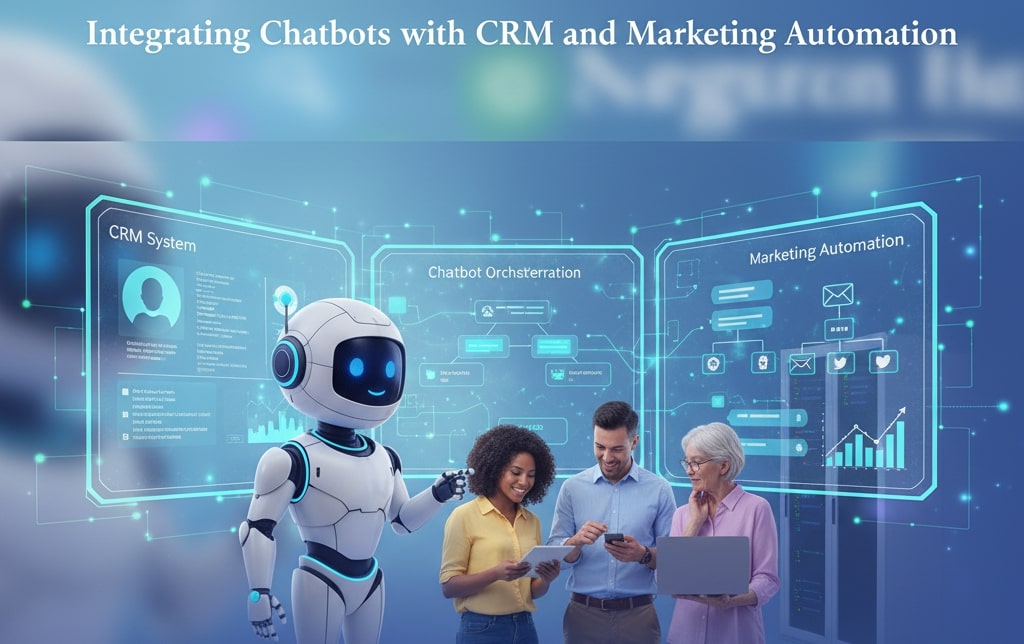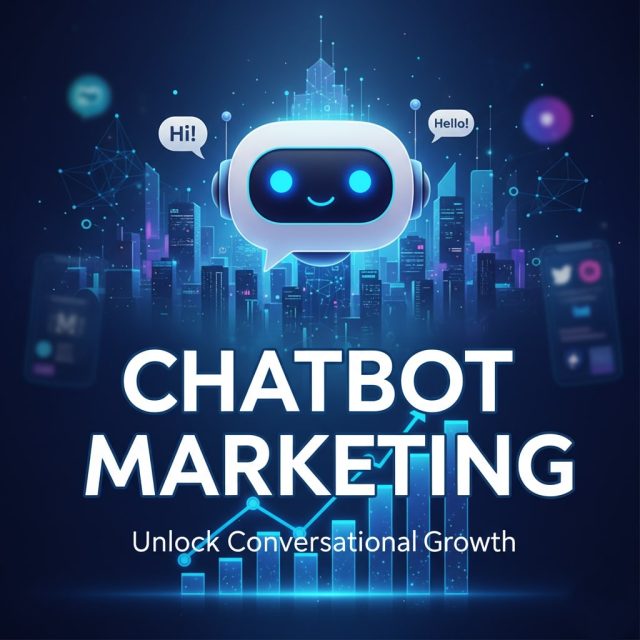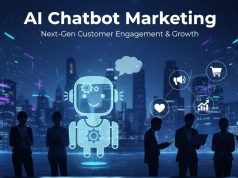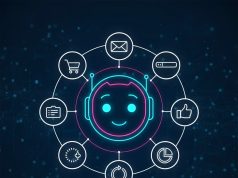In an era where consumers expect tailored experiences at every touchpoint, chatbot marketing has emerged as a powerful tool for personalization. By leveraging AI-driven chatbots, brands can craft dynamic conversations that adapt to individual preferences, behaviors, and needs. This blog post will explore how you can harness the power of personalized chatbot marketing to design seamless customer journeys, increase engagement, and drive conversions. From data collection strategies to best practices in conversational design, we’ll cover everything you need to know to transform your marketing efforts with intelligent automation.
Understanding the Power of Personalization
Personalization goes beyond simply inserting a customer’s name into a message. It involves delivering relevant content, product recommendations, and timely support based on each individual’s unique profile. AI chatbots excel at collecting real-time data—purchase history, browsing behavior, location, and even sentiment analysis—to deliver contextually appropriate responses. When chatbots remember past interactions and preferences, they create an experience that feels human, anticipatory, and valuable. According to recent studies, personalized experiences can boost revenue by up to 15% and increase customer loyalty across channels.
Key Benefits of Personalized Chatbot Experiences

- Higher Engagement Rates: Personalized messages resonate more deeply, encouraging users to stay in conversation longer and explore offerings.
- Improved Conversion: Relevant product suggestions and timely nudges can reduce cart abandonment and drive sales.
- Enhanced Customer Satisfaction: Instant, tailored support resolves queries quickly and builds positive brand perception.
- Actionable Insights: Chatbots collect nuanced data about user preferences, feeding into your CRM and refining future campaigns.
Strategies for Implementing Personalized Chatbots
To launch an effective personalized chatbot campaign, start by defining clear objectives—lead generation, upselling, onboarding, or support. Segment your audience based on demographics, purchase history, and behavior patterns. Next, integrate your chatbot platform with existing data sources such as CRMs, email marketing tools, and analytics platforms. This holistic view enables your chatbot to pull relevant information in real time. Finally, design conversation flows that adapt based on user responses—conditional logic, dynamic content blocks, and API calls for live data enhance responsiveness and relevance.
Leveraging Data for Effective Segmentation
Segmentation is the cornerstone of personalization. Use your chatbot to ask qualifying questions early in the conversation—interests, budget range, or intended use case—and tag users accordingly. Combine this self-reported data with behavioral signals like page visits, time on site, or email engagement. By creating micro-segments, you can tailor messages that speak directly to each group’s desires. For instance, first-time visitors might receive a welcome offer, while repeat buyers get loyalty rewards or product recommendations based on past purchases.
Integrating Chatbots with CRM and Marketing Automation

A seamless data flow between your chatbot and CRM system ensures that every interaction enriches the customer profile. Set up automated triggers so that key events—completing a lead form, requesting a demo, or subscribing—are logged in your CRM. Similarly, leverage marketing automation workflows to follow up via email or SMS when a chatbot conversation ends. This cohesive ecosystem means no customer falls through the cracks, and your marketing team can act instantly on warm leads identified by the chatbot.
Best Practices for Crafting Dynamic Chatbot Conversations
Building a chatbot that feels human and helpful requires thoughtful design. Use a friendly, conversational tone that aligns with your brand voice. Provide clear menus and quick‐reply buttons to guide users, but also allow free‐text input for complex queries. Implement fallback responses that gracefully handle misunderstandings and offer to connect the user with a human agent. Incorporate multimedia elements—images, videos, and carousels—to showcase products or illustrate instructions. Finally, use A/B testing on different message variants to identify which flows drive the highest engagement and conversions.
Measuring Success: Key Metrics to Track
To evaluate the effectiveness of your personalized chatbot marketing, monitor metrics such as conversation completion rate, click‐through rate on suggested links, lead qualification rate, and overall conversion rate attributed to chatbot interactions. Track user satisfaction via post‐chat surveys or NPS (Net Promoter Score). Analyze drop‐off points within flows to identify friction and optimize your scripts. By continuously reviewing performance data, you can refine your segmentation logic, conversation design, and integration points for better ROI.
Overcoming Common Challenges
Even the best‐planned chatbot campaigns can face hurdles. Data privacy concerns require transparent communication about how user data is collected and stored, plus compliance with regulations like GDPR. Technical limitations in chatbot platforms may restrict advanced personalization—evaluate solutions that support API integrations and custom logic. Finally, resist the temptation to over‐automate; ensure there’s always an easy path to human support when needed, particularly for complex or sensitive inquiries.
Future Trends in Chatbot Personalization
Looking ahead, chatbots will become even more intuitive as natural language processing and machine learning models advance. Voice‐enabled chatbots and multimodal interfaces (combining text, voice, and visuals) will deliver richer experiences. Predictive personalization—anticipating customer needs before they articulate them—will set new benchmarks for engagement. Brands that stay at the forefront of these trends will solidify deeper relationships and outpace competitors in customer satisfaction and lifetime value.
Conclusion
Personalized chatbot marketing represents a pivotal opportunity for brands to connect with customers on an individual level, streamline the sales funnel, and boost loyalty. By integrating AI chatbots with your CRM, leveraging data‐driven segmentation, and crafting dynamic conversation flows, you can deliver experiences that feel both intelligent and human. Embrace the strategies outlined in this post to shape memorable customer journeys, drive meaningful engagement, and achieve measurable growth in your marketing efforts.









